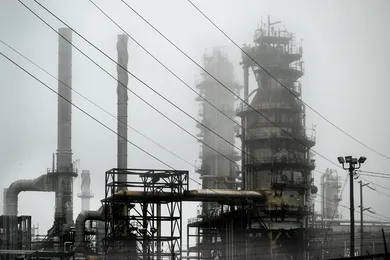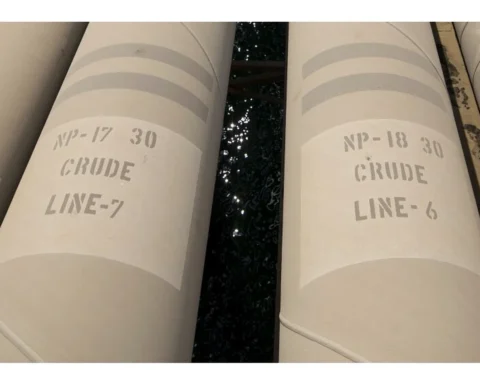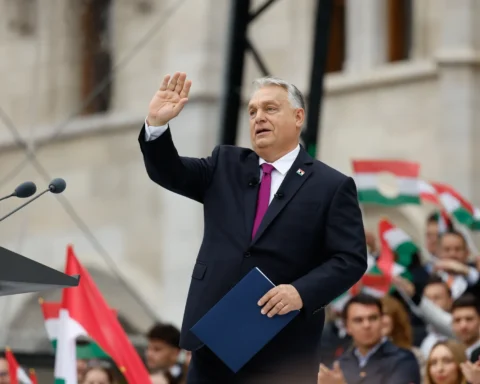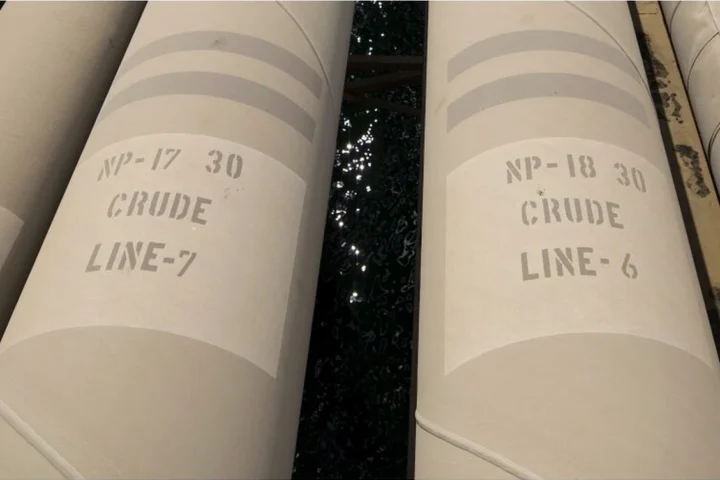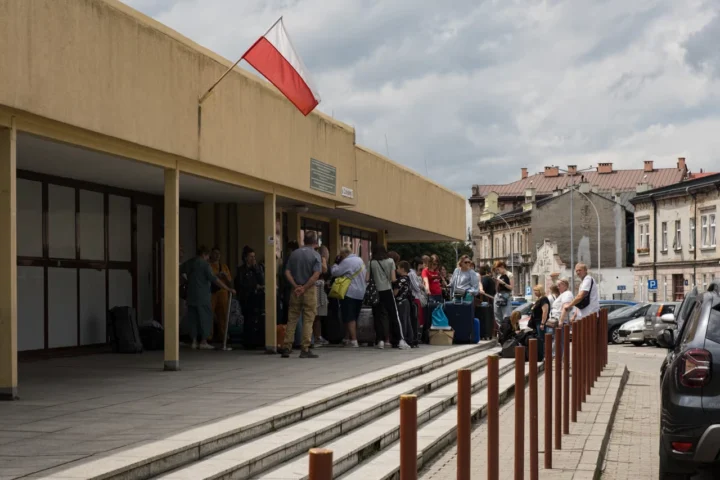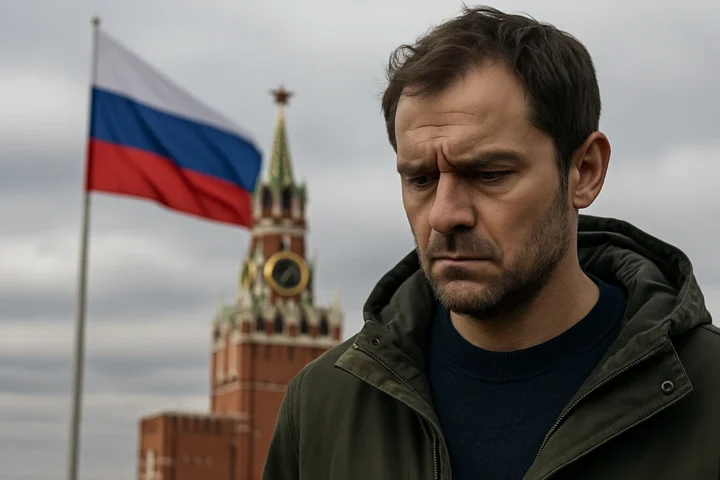Oil prices on Monday extended last week’s gains as the market simultaneously digests mounting pressure on Russian supplies and forecasts of a surplus toward the end of the year. According to exchange data, Brent is holding above $67 a barrel (up about 2.3% over the past week), while West Texas Intermediate trades around $63. As industry outlets — including Bloomberg — note, the move remains fragile: the trading range is narrow, and the news backdrop is mixed.
The political factor: intensified pressure from the US and NATO
President Donald Trump once again demanded that European countries stop buying Russian oil. Earlier, he said he is ready to introduce “major” sanctions on crude supplies from the OPEC+ member if NATO allies follow suit. Despite a substantial reduction in purchases across most of Europe, some alliance members — notably Hungary and Turkey — continue to import Russian oil.
In parallel, Washington is laying the groundwork for tougher trade measures at the Group of Seven: according to market reports, the US will urge its partners to consider tariffs of up to 100% on China and India for their purchases of Russian oil. According to Bloomberg, such initiatives could redraw trade flows and amplify short-term price volatility.
Geopolitical risks: strikes on infrastructure and drone attacks
Traders are also tracking developments in the Middle East after Israel’s strike in Qatar last week, as well as Ukraine’s attacks on refineries and ports in Russia. Over the weekend, drones hit the Kinef complex — one of Russia’s largest refining sites, owned by Surgutneftegas — with a nameplate capacity of more than 20 million tons per year. Any additional damage to export infrastructure can swiftly reshape the balance of spot cargoes and lend support to prices.
Against this backdrop, as Vanda Insights emphasizes, the key driver for the market is the conflict-related risk around Russian supplies. “The Ukraine stalemate is the key factor in the oil market and the immediate risk is to the upside from the potential for more sanctions and more strikes on Russian oil export infrastructure,” said Vandana Hari, founder of Vanda Insights in Singapore.
Bearish fundamentals: a tight range, funds pull back, and surplus risk
At the same time, underlying fundamentals are tugging prices the other way. Over the past month, crude has largely moved within a corridor of less than $5 a barrel — a sign that opposing forces are offsetting each other. Hedge funds, meanwhile, have pared bullish positions in US crude to the lowest on record — a signal of caution and fatigue with geopolitical whipsaws.
Additional pressure comes from OPEC+ policy: the alliance has begun unwinding part of a recently imposed layer of output curbs ahead of schedule. On that basis, the International Energy Agency (IEA) is projecting a record surplus next year — an oversupply relative to demand that typically weighs on prices. As Vanda Insights puts it: “Expectations of an overhang exert a downward push, but only as and when the Ukraine news slows down.”
What to watch next
- Sanctions and tariffs policy. If Washington’s appeals at the G7 translate into concrete tariff decisions targeting China’s and India’s purchases of Russian crude, trade routes could shift abruptly, fueling short-term price spikes. According to Bloomberg, that would inject “nervousness” into the market and narrow the arbitrage window for independent traders.
- Infrastructure risks. New strikes on Russian refineries and ports (or credible threats thereof) could quickly overpower bearish fundamentals, particularly for nearby grades and specific loading programs.
- OPEC+ actions. The scale and pace of bringing “deferred” volumes back online will directly affect the balance: the faster the ramp-up, the more persistent the downward pressure on prices, all else equal.
- Fund positioning. Historically low net longs create room for sharp snapbacks on any hawkish headline trigger — from sanctions to logistics force majeure.
The market remains “stretched” between geopolitics and fundamental projections. The short-term price path is still highly sensitive to news on sanctions and infrastructure strikes, while the medium-term trajectory is shaped by surplus expectations and OPEC+ discipline. If the flow of “hard” headlines slows, bearish drivers are likely to regain the upper hand — but for now the balance remains fragile.
This article was prepared based on materials published by Bloomberg. The author does not claim authorship of the original text but presents their interpretation of the content for informational purposes.
The original article can be found at the following link: Bloomberg.
All rights to the original text belong to Bloomberg.


